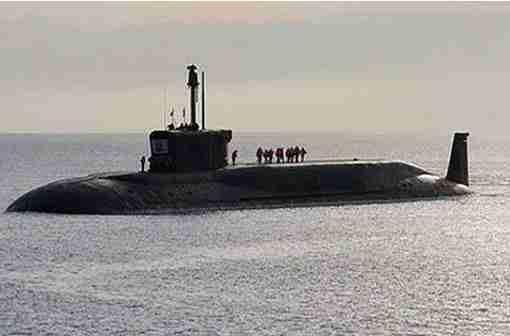China is clearly the unseen elephant in the room in almost all strategic discussions these days, whether it is in the meeting of QUAD leaders in the US recently, and or just prior to that the discreet meetings – between old allies of WW-II – that led to the AUKUS. But for India, this adversary is on its doorstep, more so, after the events of April-May 2020 and thereafter. And ironically, it wasn’t just the response to China’s challenge on the high Himalayas that India had stood up to, but the possibilities of what might follow in the maritime domain, that calls for India’s ‘submarine’ capabilities to be examine over aircraft carriers, to confront the Chinese (and even the China-Pak) challenge, following the marginalisation of India by the US, in the AUKUS nuclear submarine deal, by which the US has chosen to share strategically important technology with the Australians.
Whatever happened to all the American promises of making India its major defence partner? More so as India was elevated to Strategic Trade Authorisation tier 1 status in 2018, which allowed India to receive license-free access to a wide range of military and dual-use technologies regulated by the US Department of Commerce? Maybe there were limits to how much Washington was willing to engage with New Delhi, never mind the fact that India is the only member of the much hyped QUAD that shares a border with China and its nuclear armed vassal Pakistan.
Or perhaps New Delhi’s obsession with strategic autonomy has kept India out of this revived WW-II Anglo-sphere club – of the US, UK and Australia – with the AUKUS arrangement having handed back India the option of strategic autonomy, notwithstanding its alignment with the QUAD, whose founders still deny it is an anti-China military group. They say it is instead a group of techno-sharing countries that’ll work within their foursome as also with other friends in the world, to scale up their abilities to counter China’s growing geo-strategic influence. Thus the questions are (a) does India need nuclear submarines, after a growing fashion or for its strategic needs? (b) And if so, whom should New Delhi now go to for this military platform, Russia or France?
As of now, India has its Arihant class nuclear powered submarine since 2016, with ballistic missiles, being developed as part of a US$ 13 billion ATV (Advanced Technology Vehicle) project for creating a force of ‘strategic strike nuclear submarines’ for India. But these aren’t likely to be as effective as the one’s Australia would be getting as per the AUKUS deal over the next decade. And matched to the feverish pace at which China is building its naval might and even agreeing to supply ‘subs’ to Pakistan, India needs to do more.
Although, of the 74 plus submarines China has, reportedly six of these are SSN nuclear powered attack boats and four are SSBN ballistic missile submarines, with the bulk of its fleet being diesel-electric type or non-nuclear submarines. In contrast, India has 1+15 operational ‘subs’, though India’s project 75 I, cleared in June this year, after a 20 year gestation, has plans for another six new conventional ‘subs’ for the Indian navy, at a cost of around US$ 9 billion. But it’s short of the original envisaged goal of building 24 new submarines by 2030. Therefore, if India has to prepare to deal with its security challenges on its own, since the US has made known that it could at best provide ‘over the horizon support’ and without getting drawn fully into a regional conflict, then the answer is to equip our forces from where we can get the best bang for our buck. And despite France being a steady supporter of India, the question is whether Paris would give India a much needed one off deal to buy-build nuclear submarines, having lost a big ‘sub’ deal with Australia following the announcement by AUKUS; or should India go back to its tried and trusted defence partner, Russia, for a bigger deal than its earlier US$ 3 billion deal of 2019, and acquire at least the Akula class (aka Chakra-3) nuclear powered attack submarines?


